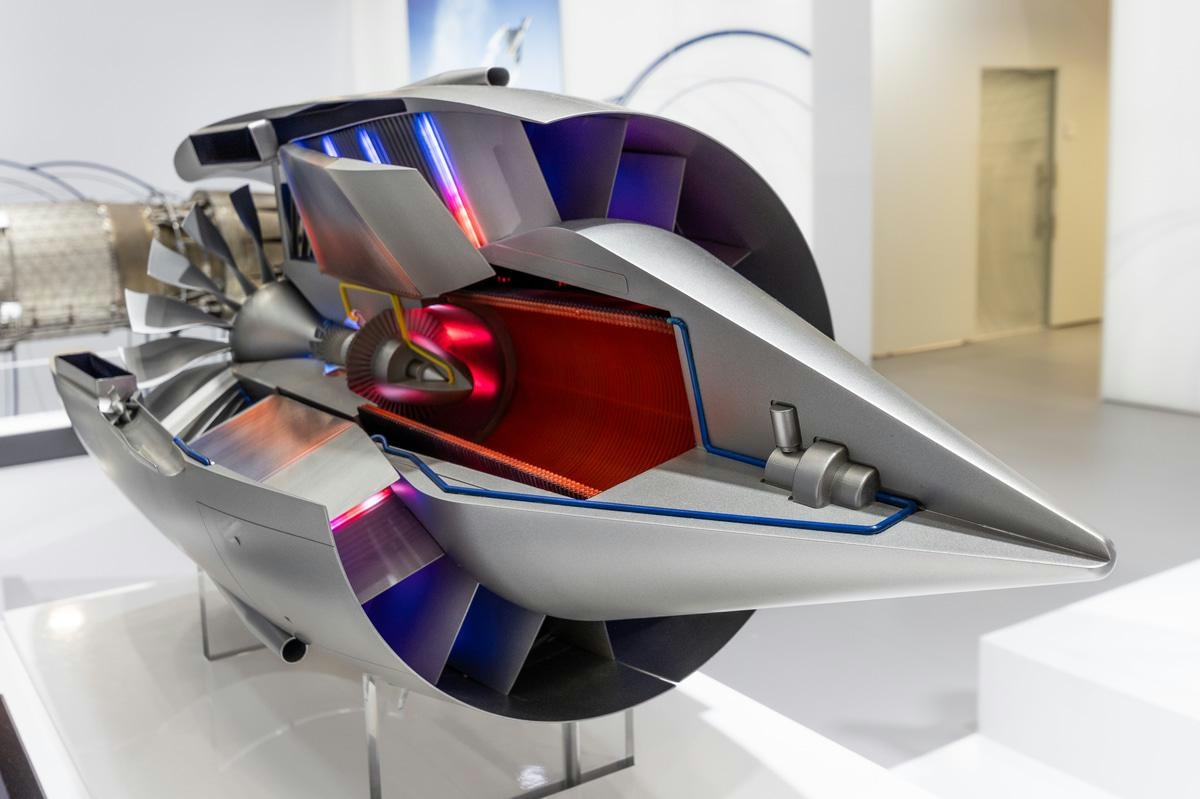
Smarter email, faster business.
Trending
Pratt & Whitney Introduces Hot Section Upgrade for PW1100G Engines
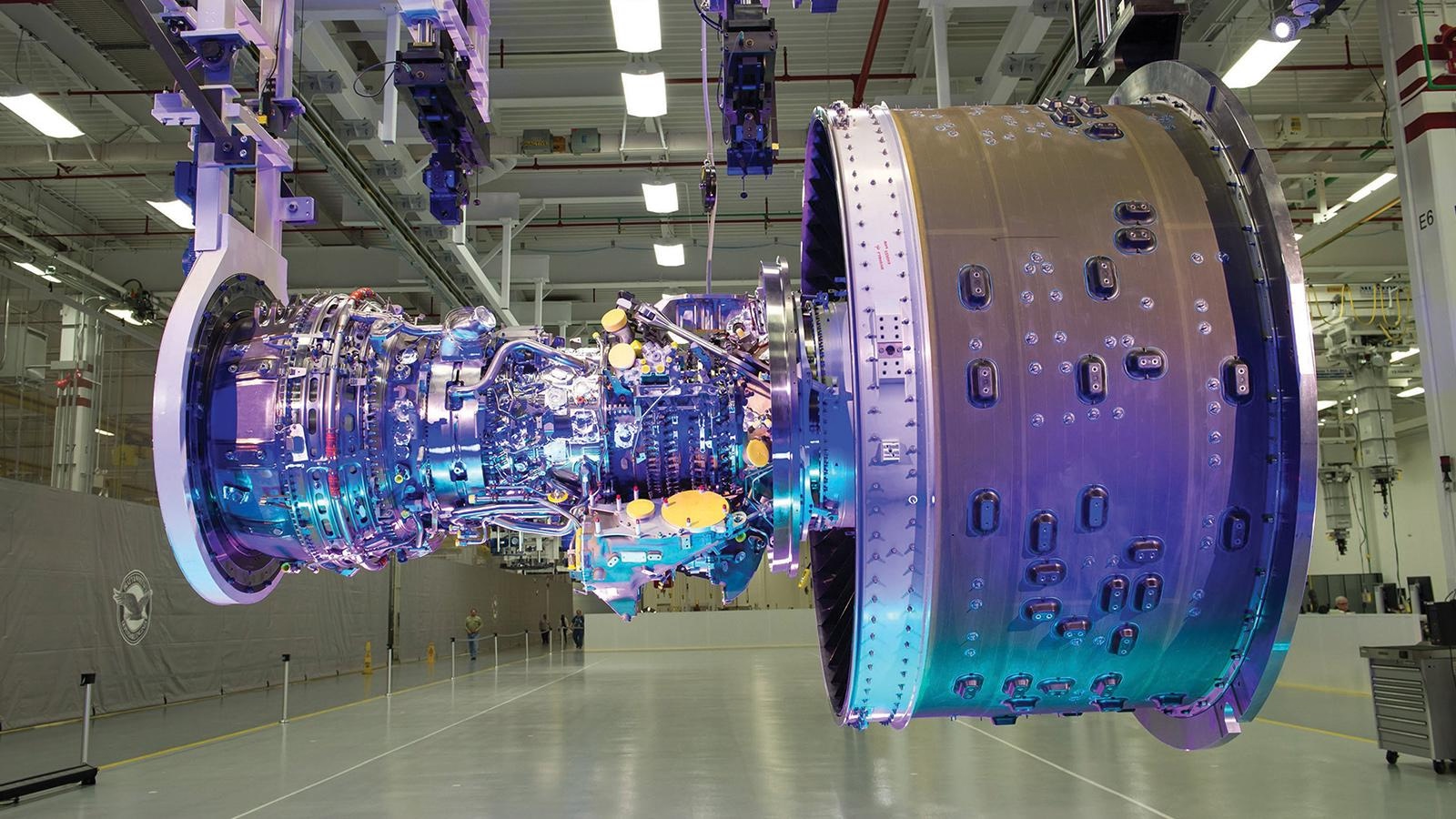
Pratt & Whitney Introduces Hot Section Upgrade for PW1100G Engines
Pratt & Whitney (P&W) has announced a significant aftermarket enhancement for its PW1100G geared turbofan engines, designed to improve durability and align the performance of in-service engines more closely with its latest GTF Advantage model. The newly unveiled “Hot Section Plus” upgrade, set to be available during scheduled maintenance, involves the replacement of 35 components within the engine’s hot section.
Enhancing Durability and Performance
The company asserts that the upgrade will deliver approximately 90 to 95 percent of the durability benefits found in the GTF Advantage hot section to existing PW1100G engines. Nick Tomassetti, P&W’s vice president of sales and marketing, emphasized that the update effectively transfers the durability improvements of the GTF Advantage to current GTF engines, potentially allowing operators to nearly double the time-on-wing for their engines.
This development follows ongoing efforts by P&W to address durability issues that have affected the PW1100G fleet, including a major recall involving thousands of engines due to manufacturing defects related to powdered metal components. In response, the company has concentrated on enhancing both new production engines and those already in operation. The GTF Advantage, which received certification from the US Federal Aviation Administration in February, offers not only improved durability but also increased thrust. Deliveries of this new model are expected to commence later this year, with entry into service planned for 2026.
Technical Innovations and Market Implications
The Hot Section Plus upgrade incorporates several advancements from the GTF Advantage, such as an advanced airfoil design with enhanced coatings. Improvements to the high-pressure turbine (HPT) and combustor include optimized cooling hole size, shape, and placement, alongside refined hole-drilling techniques aimed at reducing oxidation. Rick Deurloo, P&W’s commercial president, noted that the upgrade essentially transfers the hot section technology from the Advantage model back into the base engine, including the combustor and associated panels.
P&W has confirmed that engines fitted with the Hot Section Plus upgrade will remain fully intermixable and interchangeable with both the baseline GTF engines and the new GTF Advantage models, ensuring operational flexibility for customers.
Despite these technical strides, the rollout faces challenges. Seamless integration with existing engines will be essential, and some operators may question the cost-effectiveness of the upgrade. The initiative’s success will largely depend on customer acceptance and the perceived value of the durability improvements, particularly as airlines evaluate the investment against potential operational benefits.
Furthermore, the competitive environment is expected to intensify, with rivals such as Rolls-Royce and GE Aviation likely to introduce their own durability enhancements. This dynamic could stimulate further innovation and competition within the commercial engine market.
P&W plans to begin installing the Hot Section Plus upgrade on existing PW1100G engines starting next year, positioning the company to address both technical challenges and market pressures as it works to restore confidence in its GTF engine family.
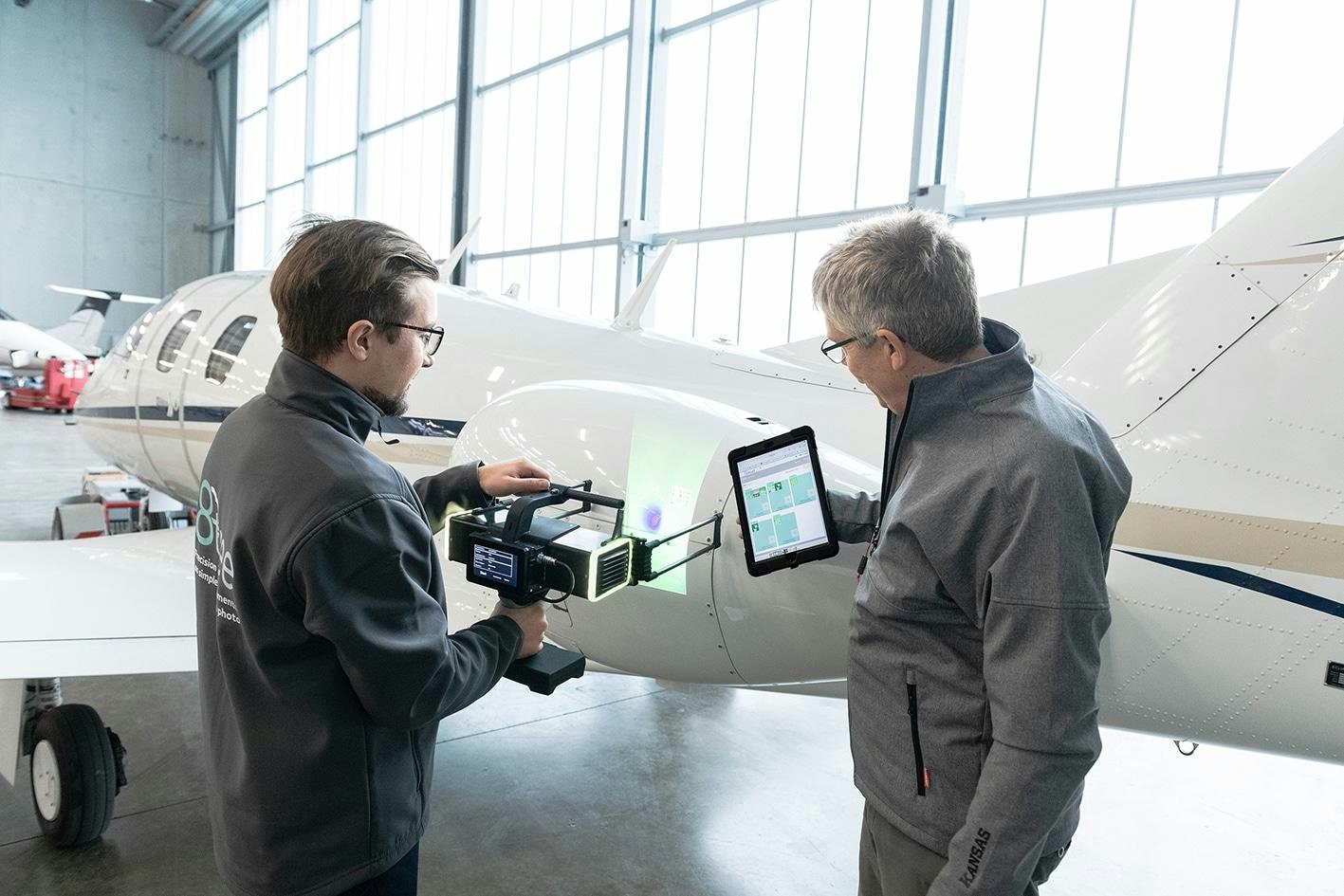
Vueling Airlines and Commercial Jet Adopt dentCHECK Technology from 8tree

Airbus Signs New Agreement with Chinese Partner Amid Reports of Large Order
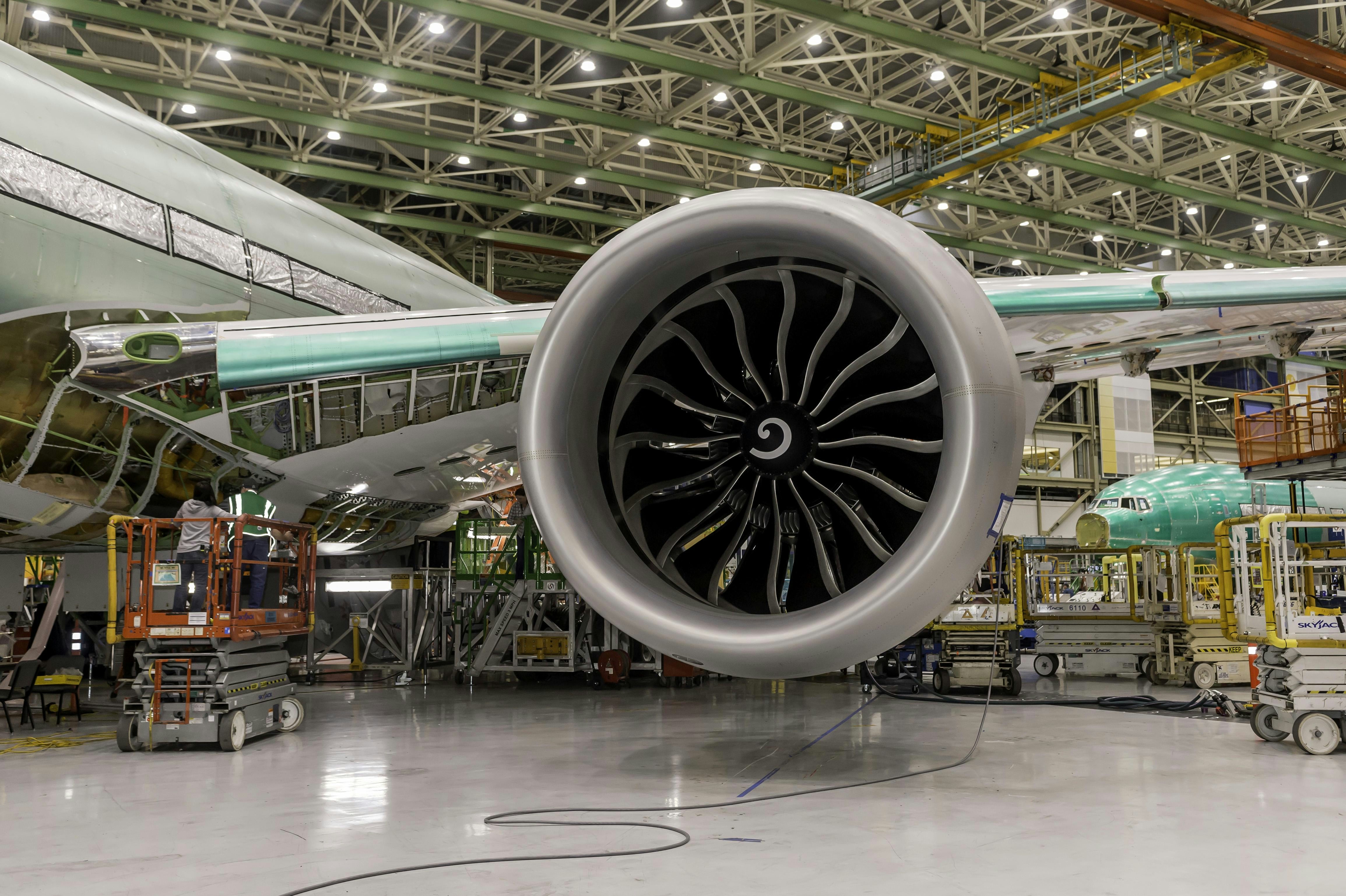
IATA Says Airlines Hesitant to Accept Aircraft Deliveries Amid Tariff Uncertainty
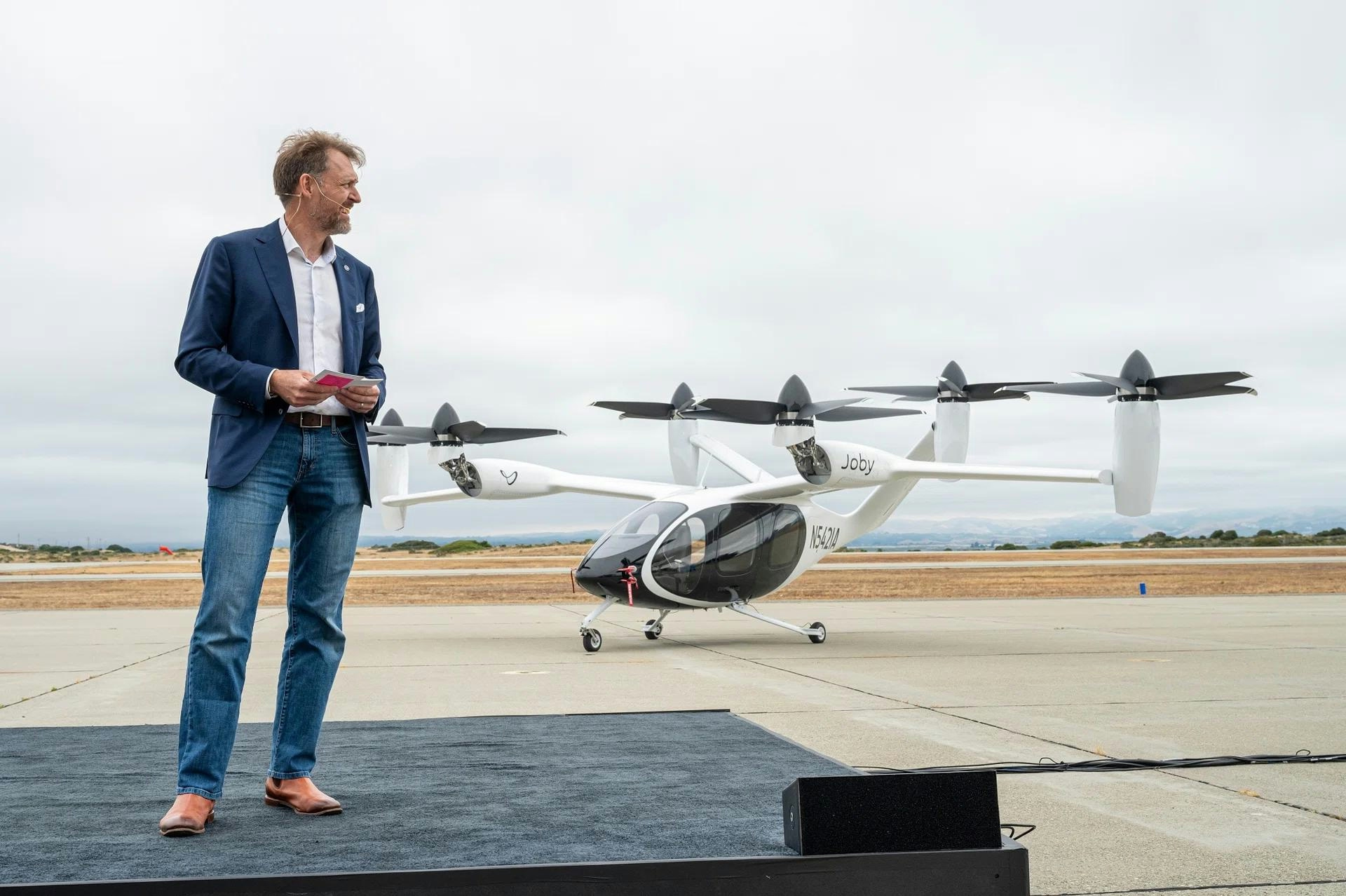
Flying Taxi CEO Regains Billionaire Status After Stock Surges 160%
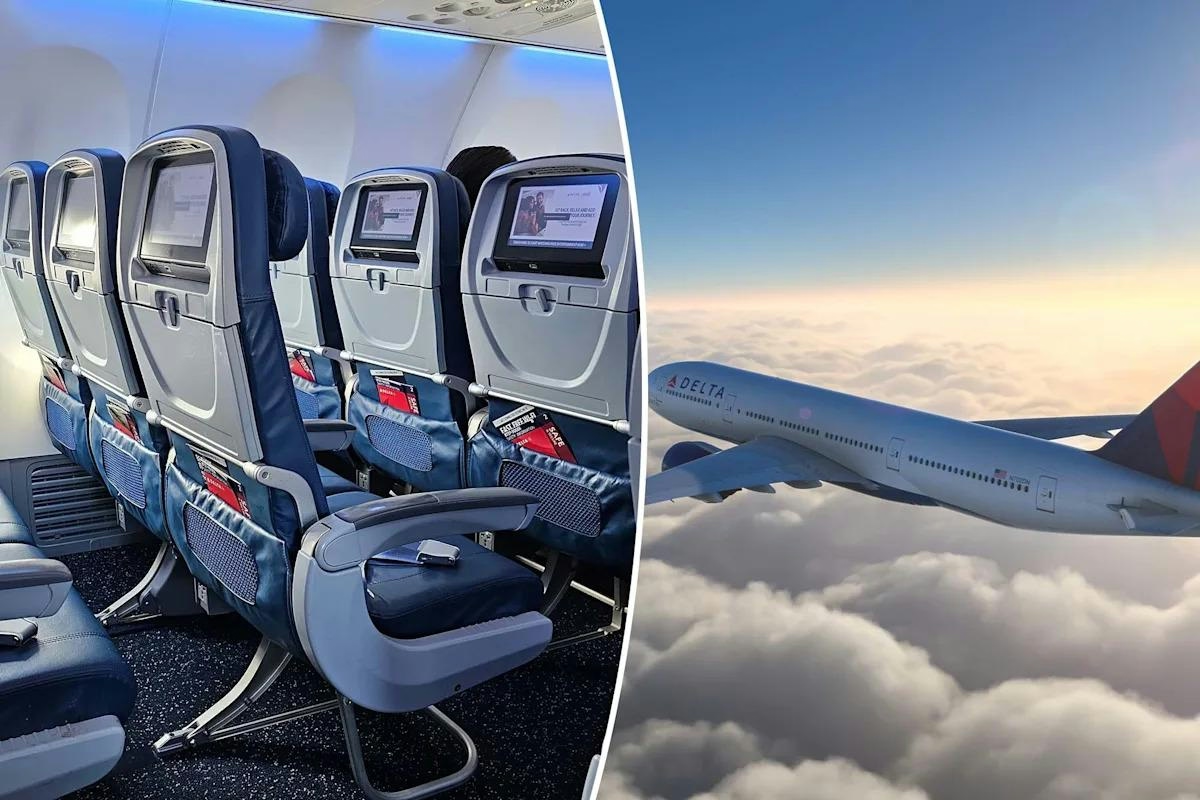
Delta to Use AI for Ticket Pricing
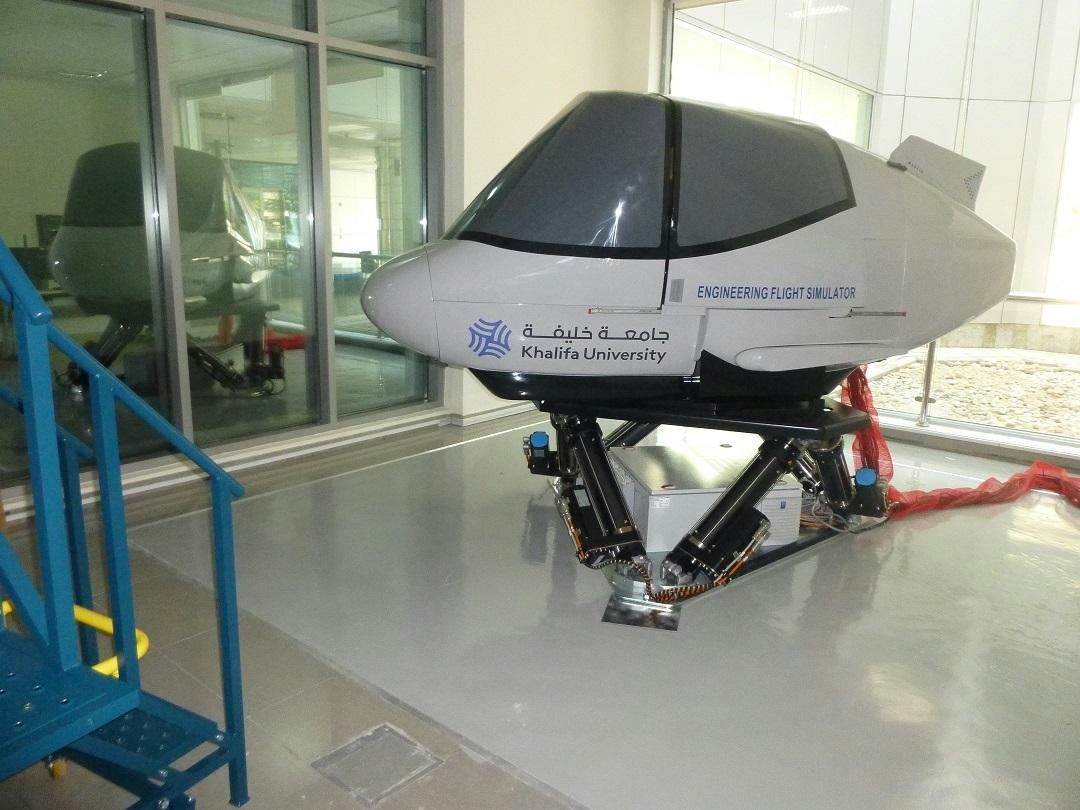
Khalifa University Students Drive Aerospace Innovation with Merlin MP521 Flight Simulator
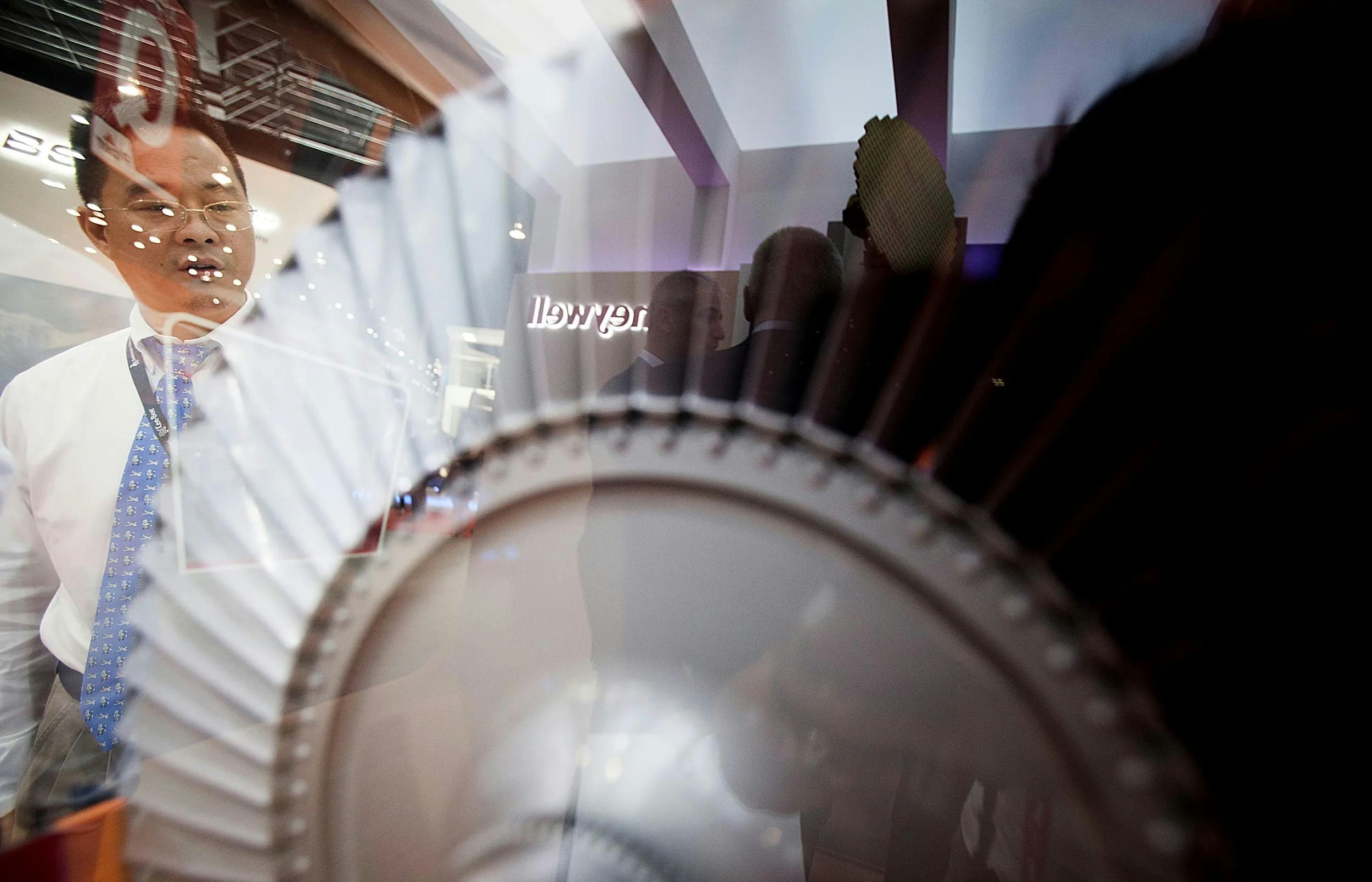
Woodward Stock Gains on AI Data Center and Aerospace Prospects
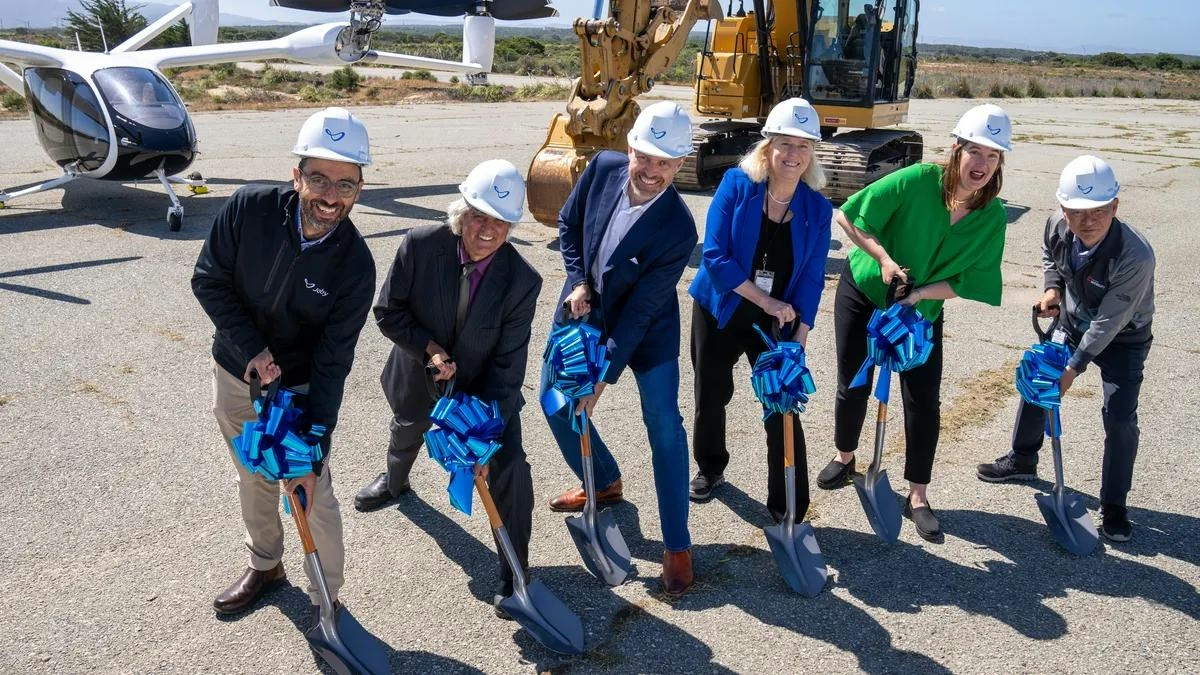
Joby Aviation to Double Production at Air Taxi Manufacturing Facility

Military Aircraft Maintenance Market Projected to Reach $145 Billion by 2034
